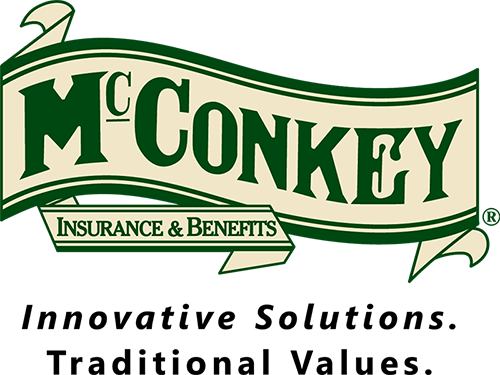
By: Ronald Pollock, Esq., Chair of the Construction Law Group, Saxton & Stump
Equipment leases are an important element in completing a construction project. The proper drafting of key terms of an equipment lease can determine the profitability of a project.
1. Third Party Protection
For example, there are various risks in an equipment lease concerning third-party liability. If someone is injured as a result of the manufacture, ownership, possession, use or operations of the equipment, then a claim can be made to pay for the injury or damage. There are two key provisions in a lease agreement which pertain to the mitigation of this risk.
- Indemnity – First, there is indemnity protection. A lease will state that the customer assumes all risk and liability for any injury or damage and that the contractor will indemnify the lessor for any such claim against the lessor. Usually this provision is written so that the contractor’s duty does not apply to injury or damage that occurs after the equipment has been returned or for injury or damage caused by the gross negligence or willful misconduct of the lessor.
- Insurance – Second, the lease will typically require the contractor to secure third-party liability insurance at its own expense from a reputable insurance company in the amount acceptable to the lessor and have the policy endorsed to that the lessor is named as an additional insured.
- Warranties – Sometimes a lessor who is providing the equipment does not manufacture, select and supply the equipment. A lease contract will often expressly and conspicuously disclaim any product warranties and direct the leasing contractor to make any product warranty claims against the manufacturer or supplier of the equipment. As a general statement, any warranties of a defective product should be preserved against the appropriate manufacturer or supplier, whether identicial to the lessor or not.
2. Termination Issues
There are also a number of risks in an equipment lease relative to potential termination of the lease:
- “Hell and High Water” Clause – A lease contract will expressly state that the customer’s obligation to pay all rent and other amounts due under the lease is absolute and unconditional under any and all circumstances and is not subject to prepayment, cancellation or termination by the customer for any reason. This is called the “Hell and High Water” Clause and it requires the customer to pay the rent the same as an unconditional promise to pay principal and interest under a loan.
- Casualty Loss – An additional termination risk is casualty loss. If equipment is damaged or destroyed in an accident or stolen, the contractor may want to suspend or cancel the lease since it no longer has the equipment available for use in its business. However, a lease agreement may state that if a casualty loss occurs the customer must continue to pay rent and repair the equipment at their own cost. The is another key provision that may need to be negotiated.
- Default – There are also often provisions for default and money damages. If a contractor defaults on the lease, it may often think it should be able to return the equipment and walk away from any further obligations. This is typically not the case.
3. Battle of the Forms
Often, there can be disputes over the terms of an equipment lease arising from the exchange of documentation in the process of leasing the equipment, often referred to as the “Battle of the Forms.” In the rush from contract aware to full mobilization, equipment leases and agreements are often negotiated quickly.
For example, the lessor typically sends a form lease to the lessee that includes blanks filled in for the lease rate and term and a set of general conditions. The lessors lease form may be very one sided, particularly as to maintenance of the equipment and condition in which the equipment will returned for example. The lessee contractor will review the lessor’s form lease and either mark it up before signing or attach its own purchase order. What terms control?
To add to the complications, the lease can be executed in a number of ways. For example, at times both exchanged forms are signed. At times, only one side will sign one of the forms. A number of different permutations are possible. Lease agreement formalities are never on the front burner when a project is being bought out and ramped up. The lessee is eager to get the equipment on site and the entire transaction may be completed in a relatively short period of time. Therefore, close attention should be paid to the negotiation of the terms and the forms that are used by each party and their timing can be critical. These are very fact specific situations, but typically a bit of upfront planning can avoid significant problems.
To summarize this issue, due to the complications inherent in swapping forms, it may be confusing as to what the parties actually agreed to as the terms of the lease. Unfortunately, the law does not define a clear path for resolving disputes that may arise. The court will not write a contract for parties who have failed to agree. The common law “last shot” rule may bind the parties to a result to which neither consented. The USS may recognize a contract that lacks terms that really matter. A court may allow testimony of additional terms, course of performance and practical construction, but without any assurance of a result other than the frustration and result of litigation. Leasing equipment for the construction of a project is therefore a matter that deserves close attention to detail as forms are exchanged. There is no substitute for a clear agreement. An experienced, dedicated equipment manager is essential to the well organized construction project. At the same time, a legal review at the time of leasing may save a lot of money when the project is being closed out.



